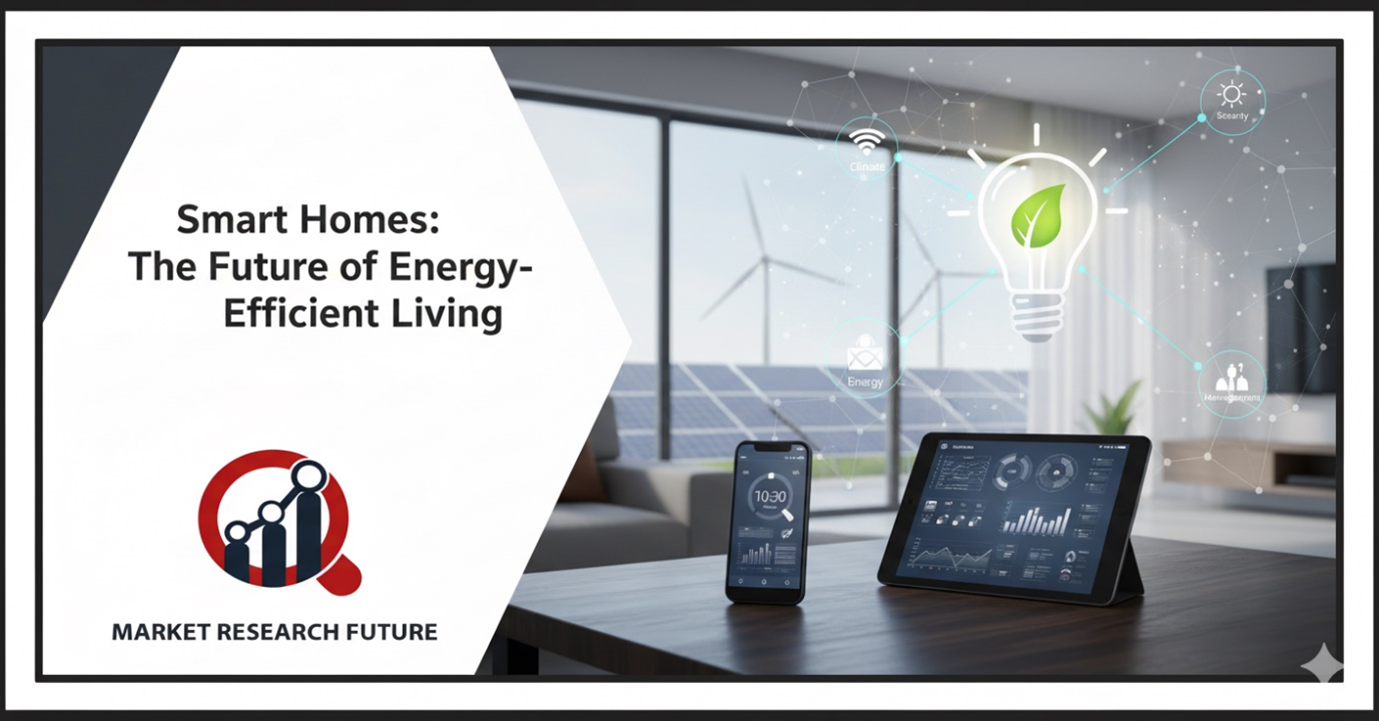Smart Homes: The Future of Energy-Efficient Living

The world is waking up to the need for sustainable, energy-saving lifestyles—and smart homes are leading that change. A connected smart home brings technology and comfort together, making daily life easier, safer, and more efficient.
From adjusting lighting automatically to managing energy use smartly, these homes are no longer futuristic dreams—they’re part of how we live today.
Why the World is Focused on Smart Homes
The growing focus on cutting carbon emissions and conserving energy is a big reason smart homes are booming. Governments across regions are pushing for energy-efficient solutions, and people are becoming more aware of how technology can make their homes greener. Rising energy costs are also motivating homeowners to look for systems that lower bills without compromising comfort.
Smart home devices—like connected thermostats, intelligent lighting, and voice-controlled assistants—are transforming how we interact with our spaces. The Internet of Things (IoT) ties all these elements together, letting users manage them remotely through smartphones or tablets.
The Power of Connected Living
Smart homes go beyond convenience—they create harmony between technology and lifestyle. Homeowners can now monitor and control everything from temperature to security in just a few taps. Imagine seeing who’s at your door while you’re away, or having lights switch off automatically when you leave. These features not only add comfort but also help reduce wasted energy.
Countries across North America, Europe, and Asia are witnessing strong adoption of these systems, with more households choosing smart networks that simplify daily routines. Governments are also supporting the trend by encouraging eco-friendly and digitally connected infrastructure.
Staying Safe in a Smart World
However, as homes get smarter, security must stay one step ahead. Connected systems can be vulnerable to cyberattacks if not properly protected. The good news? Awareness is growing. Using strong passwords, encrypted networks, and trusted devices can significantly reduce risks.
A Smarter, Greener Tomorrow
Smart home technology isn’t just about luxury anymore; it’s about responsibility. It empowers people to live efficiently, sustainably, and securely. As innovation continues, smart homes will play a key role in building a future where comfort meets conservation.

Leave a Comment